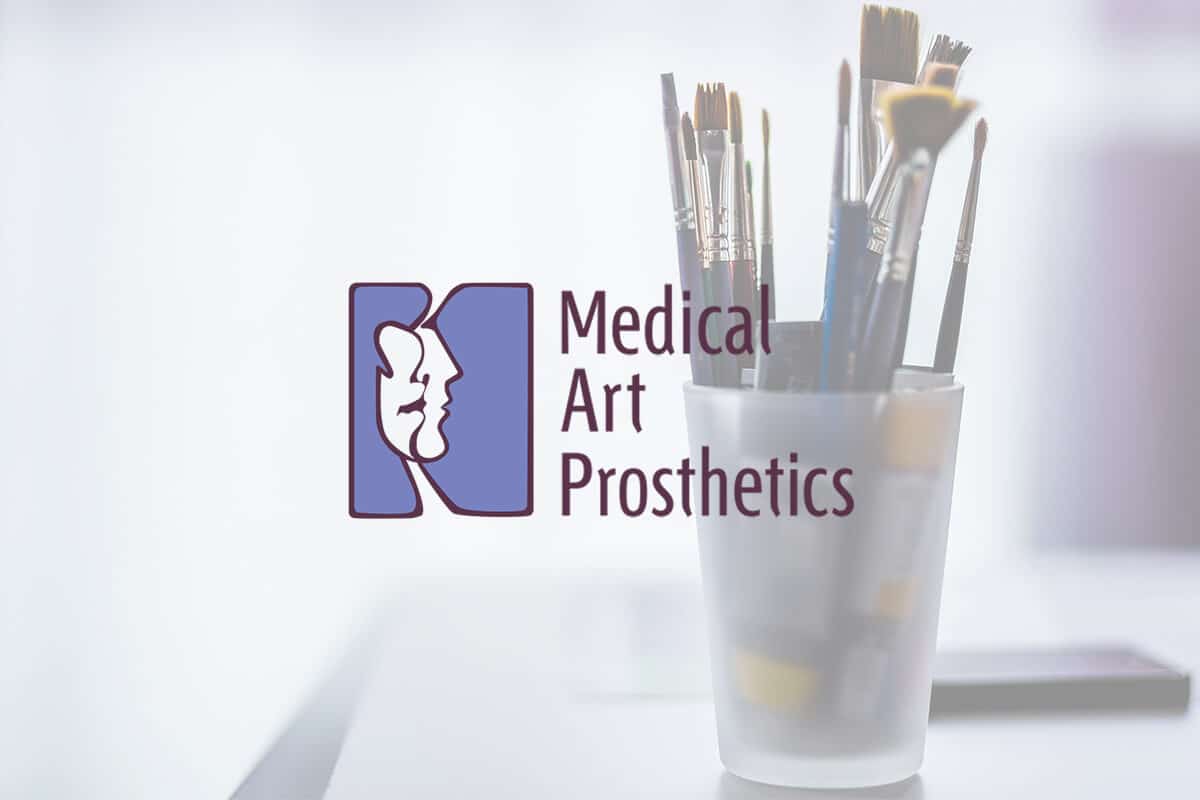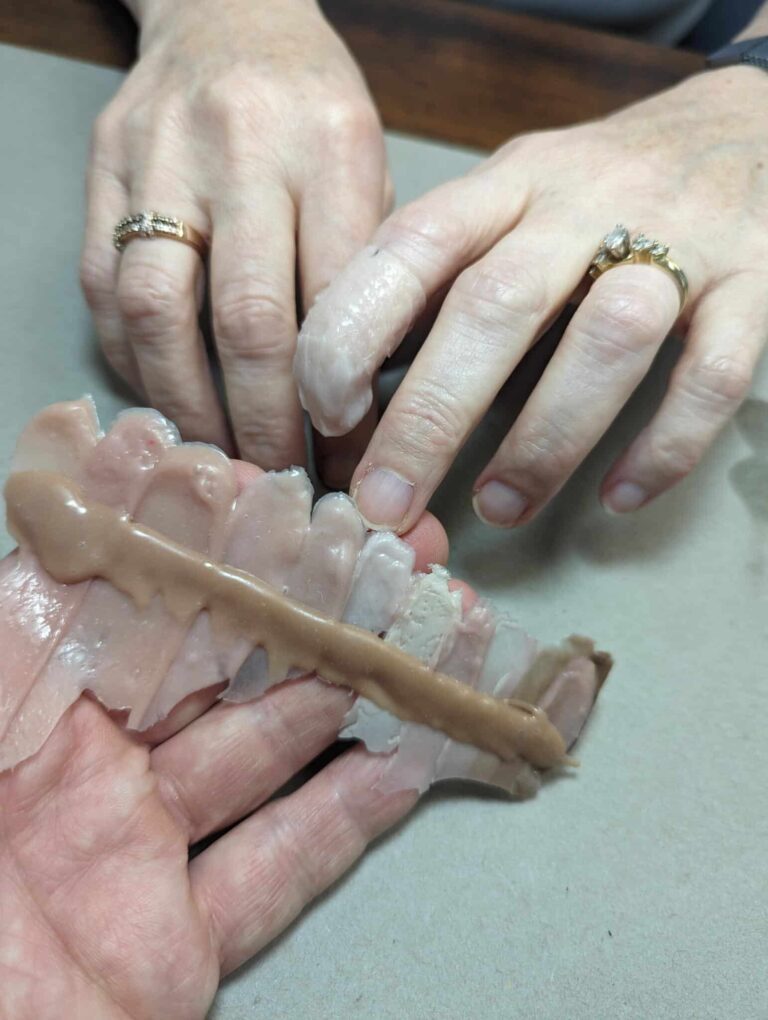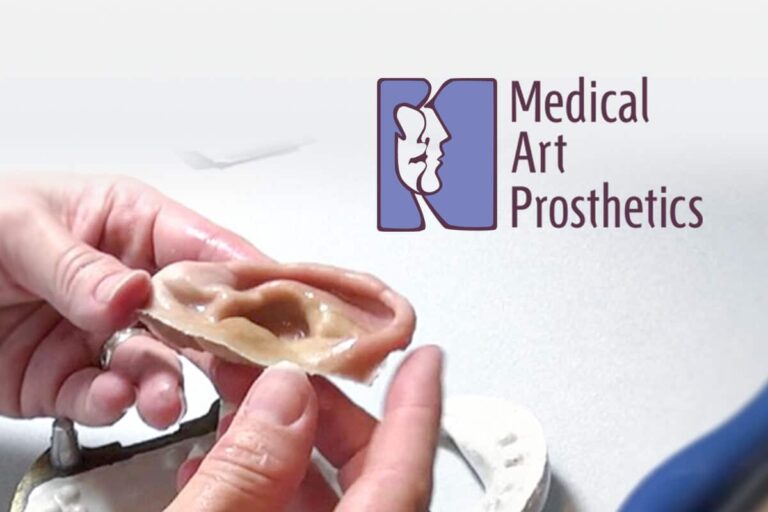In our training as medical artists we focused on prosthetic restoration of the face and also finger and partial hand restoration. Our primary purpose was to hone our skills in the creation of prostheses that looked very real; prostheses that matched the subtle characteristics of the patient’s skin tones including freckles, blood vessels, etc. as well as their skin textures including pores, wrinkles, etc. Over the course of years in private practice, the number of patients referred for finger and hand prostheses grew, along with my appreciation for the added clinical and technical requirements of hand prosthetics.
Along with the importance of aesthetics the area of silicone hand restoration posed the added challenge that the prosthesis had to be very durable, yet comfortable and functionally integrated to the patient under the constant stresses of daily use certainly to a much greater degree than did the facial prosthesis. For the hand prosthesis there are different demands on the silicone material itself and on the specialist to employ different materials and different methods of fabrication.
In my years as an independent practitioner I also came to appreciate the added demands on the practitioner to possess knowledge of anatomy of the hand, to be cognizant of compromised musculoskeletal functioning, to clinical protocols following hand trauma and amputation surgery and to be proactive in collaborating with additional rehabilitation team members. My knowledge of anatomy was acquired during training as a fine artist and medical artist, but the reliable arsenal of skills that produces results was acquired over the course of many years of experience in private practice. Despite a successful practice in fabricating and delivering aesthetic hand prostheses as a medical artist/certified clinical anaplastologist, my new goal was to evaluate and treat all future patients backed by the training and credentialing in extremity prosthetics. Now, as a certified prosthetist and having attended many orthotics and prosthetics national meetings and seminars I have a more complete understanding of the upper extremity patient and all treatment options that should be offered right along with passive silicone restorations.
Options for patients needing hand prosthetics have increased. Patients need honest guidance in choosing between articulating prostheses like myoelectric devices which are rapidly getting more sophisticated and aesthetic-focused passive restorations. In between these options there are body-powered or hybrid devices that finger and partial hand amputees should be made aware of. Providers should be trained or at least knowledgeable in prostheses the patient might benefit from and remain unbiased in guiding patients in their decision.
In the orthotics and prosthetics field in general there continues to be far greater attention and resources devoted to lower limb prosthetics. Despite some impressive sophisticated technology upper extremity and partial hand prosthetics in particular are still wanting for more attention and specialized practitioner expertise. We love having the privilege to solve the unique challenges posed by this esoteric field, and we are poised with the credentials and experience to adopt any new technologies that result in greater function and aesthetics for our patients. View Our Work
~Greg Gion, Certified Prosthetist, Medical Artist/Certified Clinical Anaplastologist



